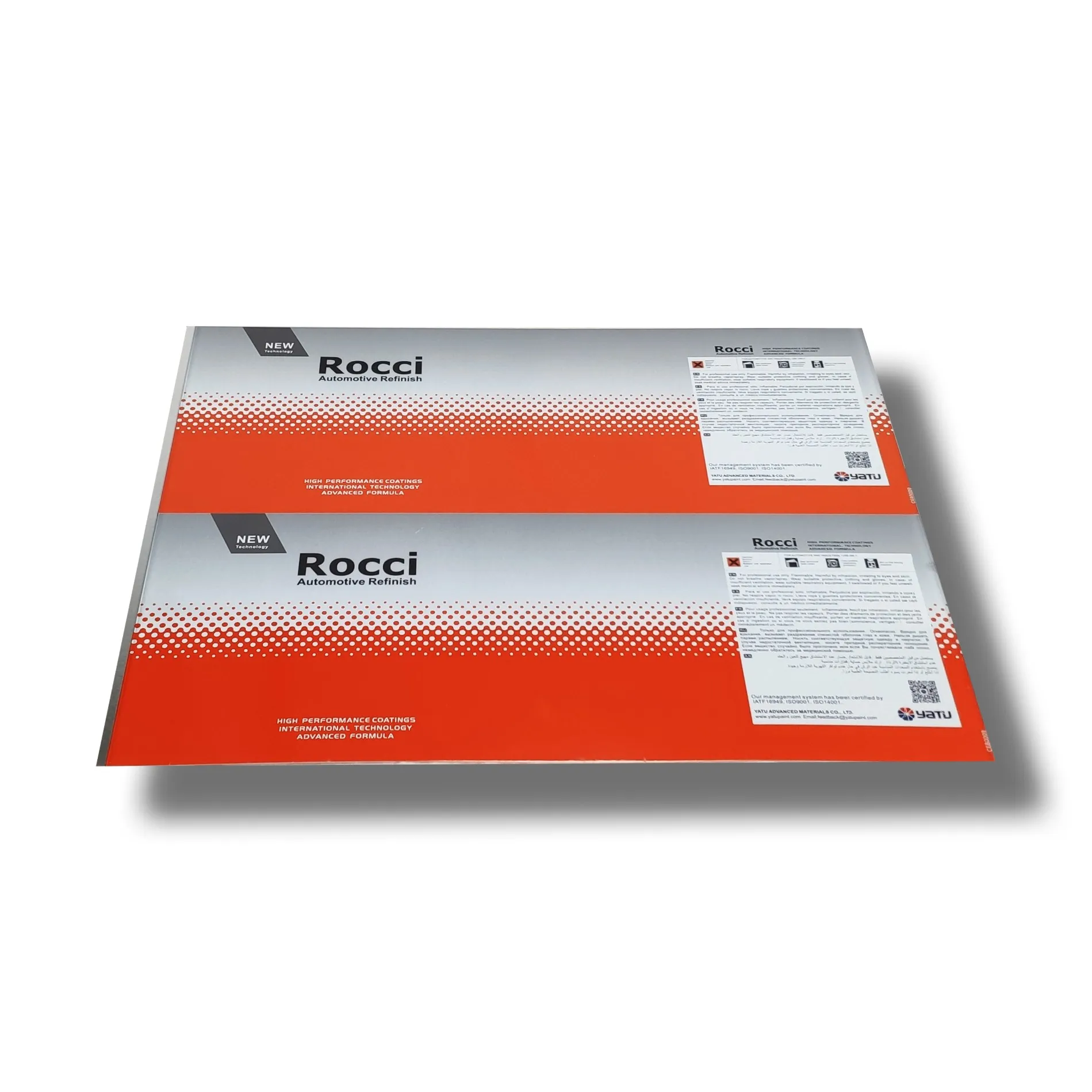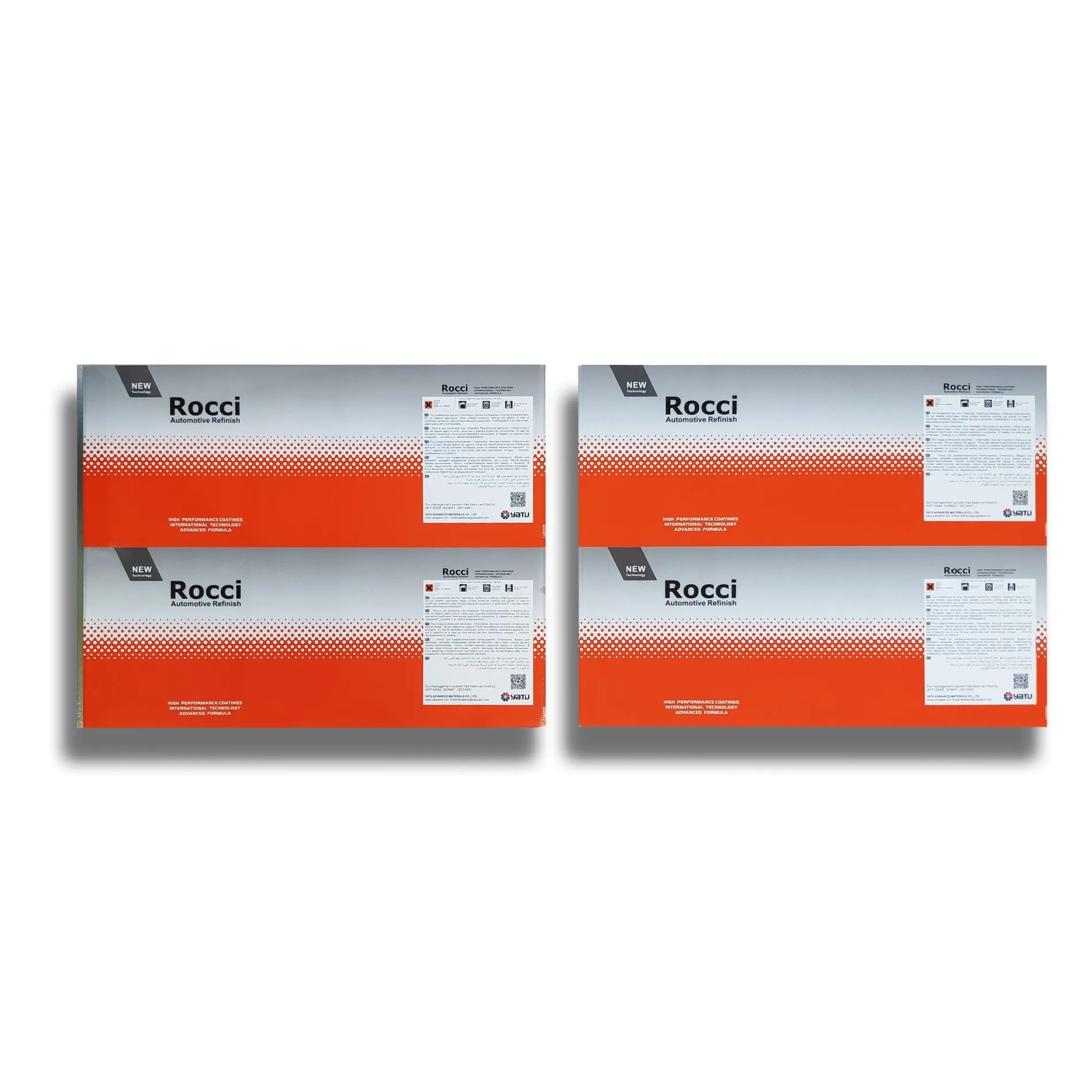In the field of food packaging, metal cans, as a widely used packaging form, have become the preferred material for food storage due to their excellent anti-corrosion, sealing and storage capabilities. The types of metal cans mainly include tinplate cans and aluminum cans, which have certain similarities in appearance and function, so they are often confused. However, there are many differences in materials, manufacturing processes, physical properties and application areas.
In order to help consumers and industry practitioners better understand these two common packaging materials, this article will conduct a detailed comparative analysis of tinplate cans and aluminum cans.

Food packaging: What is the difference between tinplate cans and aluminum cans?
1. Material differences
Material of tinplate cans
The main component of tinplate cans is steel, on which a thin layer of tin is plated to prevent rust and corrosion. This process gives tinplate cans excellent anti-corrosion properties. As the base material of the can body, steel has high mechanical strength, good toughness and hardness, can withstand large external forces and impacts, and is not easy to deform or break. At the same time, the tin layer can play a protective role, preventing the steel from contacting with moisture and oxygen in the air, and avoiding the occurrence of rust.
Material of aluminum cans
Aluminum cans are made entirely of aluminum, a lightweight metal with a density of about one-third that of steel. Therefore, aluminum cans are lighter than tinplate cans and are more convenient to transport and carry. Another notable feature of aluminum is that it has a natural corrosion resistance. A layer of aluminum oxide film can be formed on the surface of aluminum to prevent further oxidation and corrosion. Although aluminum is not as hard and strong as steel, it has better plasticity, can be deep drawn and complexly formed, and is widely used in the manufacture of cans of various shapes.
2. Different production processes and costs
Production processes and costs are key factors in determining product market positioning and scope of use. Tinplate cans and aluminum cans have obvious differences in production processes, which also affects their manufacturing costs.
Production process of tinplate cans
The production process of tinplate cans is relatively complicated. First, steel plates need to be produced and a layer of tin is plated on their surface. The initial processing of steel usually involves hot rolling, cold rolling and other processes, while the tin plating process is mainly carried out by electroplating. Next, after cutting, forming, welding and other steps, the basic structure of the tinplate can is formed. Finally, the surface of the can body will be painted and printed to increase the decorative and protective properties. Due to the relatively heavy steel and the tin coating, the manufacturing process of the tinplate can is time-consuming, and the required equipment and raw materials are expensive.
Production process of aluminum cans
The production of aluminum cans is relatively simple, usually using stretching and stamping processes. Due to the good ductility of aluminum, aluminum cans can be directly formed through a deep drawing process, which greatly simplifies the production steps. The production of aluminum cans does not require welding, reducing the need for processes and equipment. In addition, the texture of aluminum is soft, and the can body does not require additional processing after forming. The overall production cost of aluminum cans is low, especially in large-scale production, the cost advantage is more obvious.
3. Different physical properties
In food packaging, the physical properties of packaging materials directly affect the quality and storage life of the product. Tinplate cans and aluminum cans have their own characteristics in terms of sealing, strength, corrosion resistance, etc.
Sealing performance
Tinplate cans have excellent sealing performance, especially when packaging liquid foods or carbonated beverages, which can well maintain the freshness of the food inside. Because the steel texture of tinplate cans is relatively strong, the can body can withstand high internal pressure, and a high degree of sealing is achieved mechanically when sealing to prevent air from entering and causing food deterioration.
Aluminum cans also have good sealing performance, especially in the field of carbonated beverages, where aluminum cans are widely used because of their lightness and good pressure resistance. Although the material of aluminum cans is relatively soft, their inner wall usually has a layer of polymer coating, which can enhance the sealing effect and prevent direct contact between the aluminum and the contents and cause corrosion.
Strength and durability
The steel substrate of tinplate cans determines that its strength is much higher than that of aluminum cans. During transportation, storage and use, tinplate cans can withstand greater external pressure and impact, and are not easily squeezed and deformed. Therefore, it is more suitable for packaging solid foods, canned foods, etc. that need to be stored for a long time. In addition, the high strength of tinplate cans also means that they perform well when stacked and stored, and will not be deformed due to long-term heavy pressure.
In contrast, aluminum cans are more susceptible to external forces during transportation and storage due to their softer material and lower strength, resulting in deformation or even rupture. Therefore, aluminum cans are usually used for packaging short-term consumer products such as beverages, and are not suitable for products that are stored for a long time or exposed to harsh conditions.
Corrosion resistance
The tin layer on the surface of the tinplate can provides good corrosion resistance, which can effectively prevent the steel from contacting with air and moisture and prevent rust. However, if the internal coating of the tinplate can is damaged and the tin layer is destroyed, the steel substrate will quickly oxidize after being exposed to the air, causing corrosion of the can body.
Aluminum cans have natural corrosion resistance, and the oxide film formed on the surface of aluminum can effectively prevent further corrosion. In addition, a layer of coating is usually added inside the aluminum can to ensure that the contents do not react chemically with the aluminum. Therefore, aluminum cans perform well in corrosion resistance, especially when used to package acidic beverages such as carbonated beverages.

4. Environmental protection and recyclability
With the increase in global environmental awareness, the recyclability of metal packaging has become an important criterion for evaluating the quality of packaging materials. Both tinplate cans and aluminum cans perform well in recycling and reuse, but there are some differences between the two in practical applications.
Recyclability of tinplate cans
Both the steel and tin layers of tinplate cans can be recycled and reused. Steel is a reusable material that can be recycled and reprocessed to make new metal products. When recycling tinplate cans, the surface coating and tin layer must first be removed, and the steel substrate can be smelted and used again in production. Tin can be recycled by electrolysis or chemical methods. In countries and regions with a relatively sound waste metal recycling system, the recycling rate of tinplate cans is relatively high, and the energy consumption and pollution in the recycling process are relatively small.
Recyclability of aluminum cans
Aluminum cans are highly recyclable, and aluminum can be recycled and reused repeatedly with almost no damage. The recycling process of aluminum is relatively simple, and it can be remade into aluminum products after cleaning and smelting. Compared with tinplate cans, aluminum cans have lower energy consumption in recycling, and the energy required to produce new aluminum cans is only about 5% of the energy required to produce aluminum for the first time. Therefore, aluminum cans are regarded as a very environmentally friendly packaging choice, and the recycling rate of aluminum cans is also very high worldwide.

5. Differences in application areas
The application range of tinplate cans and aluminum cans in food packaging is different, mainly determined by the differences in physical properties and costs between the two.
Application of tinplate cans
Due to their high strength and excellent sealing properties, tinplate cans are often used to package foods that need to be stored for a long time. Typical applications include canned foods (such as canned fruits, canned meats, canned vegetables), condiments (such as ketchup, salad dressing, etc.) and baby food. These foods usually need to be sterilized under high temperature and high pressure, and tinplate cans can withstand this process and provide good protection during food storage.
Application of aluminum cans
Aluminum cans are widely used in the field of beverage packaging due to their lightness and good corrosion resistance, especially short-term consumer products such as carbonated beverages and beer. In addition, the beauty and plasticity of aluminum cans make them an ideal choice for packaging cosmetics, daily chemical products and personal care products. In the food field, aluminum cans are often used to package products such as coffee and tea that require a shorter shelf life.

